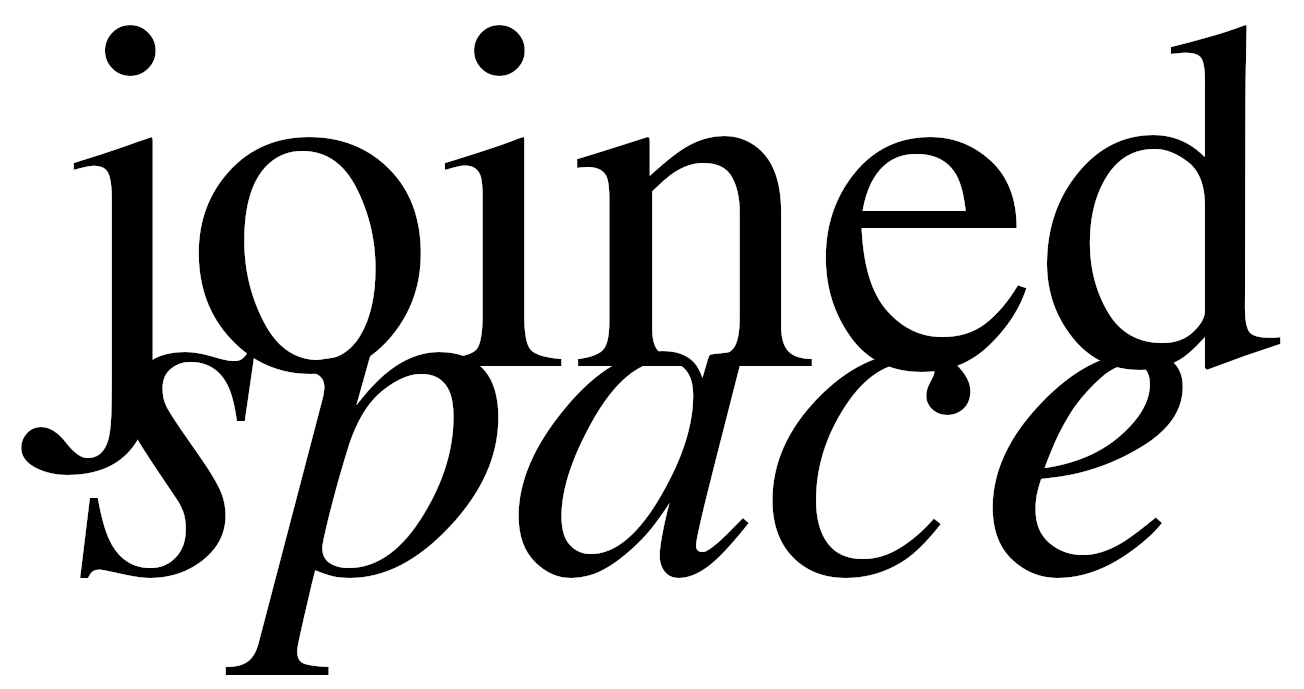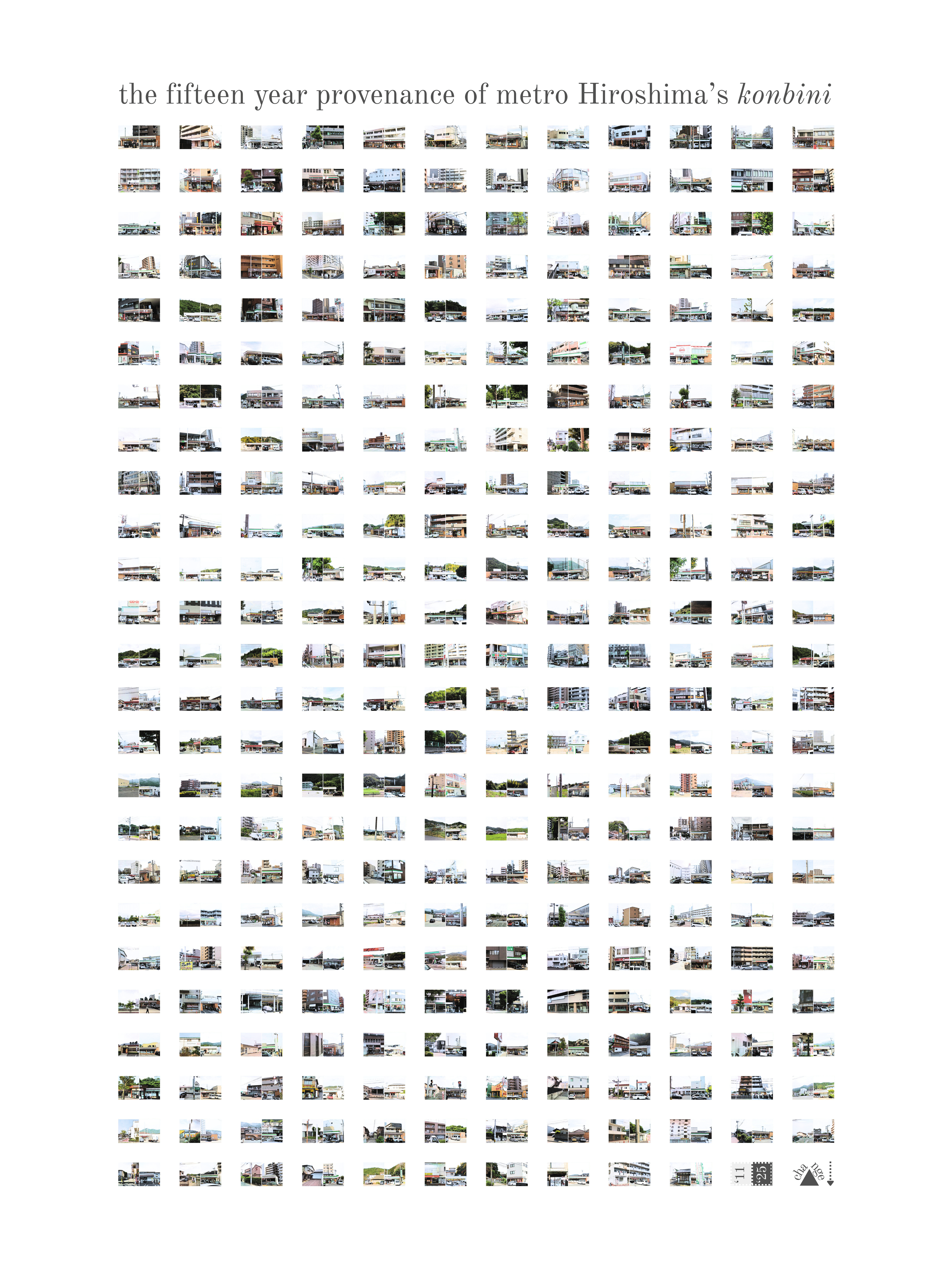
After the atomic bomb, Hiroshima had to rebuild. It is now re-rebuilding; morphing into a homogeneous landscape. My grandfather has said to me, speaking of the months immediately following the war,
“We built a spacious flat house with a section designed for a vegetable shop. People shopped in the neighborhood... it was heart warming to see people support each other.”
Then, as the decades passed, “I loved my home, but the tall buildings started coming up and I began to feel isolated. Nobody talked to me anymore.”
As a post-war city, Hiroshima has inextricable ties between its social systems/community bonds, and the built fora in which they were practiced and enshrined. How can we take memory of the built environment seriously as an archival form, interrogating the forces that change both its manifestation and its history?
Locations are of every convenience store or konbini (overwhelmingly a 7-11, Lawson, Family Mart, or Daily Yamazaki) in metro Hiroshima, according to the Foursquare API. All diptych photos are manual snapshots, in Google Street View imagery, of each one of these locations.

Pairs of photos represent the same location, the leftmost predominantly from 2011 and the rightmost from 2025. Each pair is splintered together in an attempt at architectural continuity transcending time. Of course, this breaks beautifully when space changes from something not a konbini to a konbini. Homes, parking lots, gas stations, restaurants, and more, trace lines in space that abruptly vanish at the transfer plane into today's konbini.
This is no judgment of the konbini. It is a reminder of the fragility of memory and the importance of keeping in mind that convenience is not always a winning hand.
Video footage is my work, and the opening two sentences in Japanese are paraphrased from a longer conversation I had with my grandfather. Captions are my work. The music in the opening video and sampled throughout is a small section of Voodoo Chile by Jimi Hendrix. Music production is my work, and is intended to emulate the common Japanese spirit of putting a maximalist spin on Western art forms. Note how the music and the frame rate of the diptychs are in a 4/5 syncopation. This is an intended incongruence between the freedom of the breakbeat and rigidity of the pan-2025 konbini.
Below is an accompanying graphic to the video - a poster with all before/after pairs.

← back